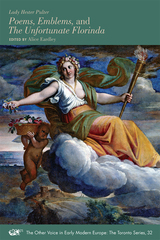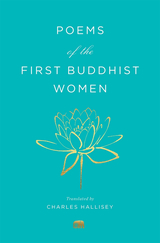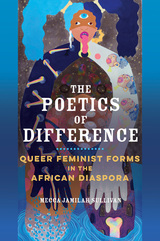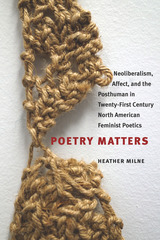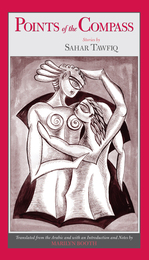Tastes and Traditions: A Journey through Menu History
Reaktion Books, 2025
Cloth: 978-1-83639-067-1 | eISBN: 978-1-83639-068-8
See other books on: Cooking | Essays & Narratives | Social History | Tastes | Traditions
See other titles from Reaktion Books
Cloth: 978-1-83639-067-1 | eISBN: 978-1-83639-068-8
ABOUT THIS BOOK | AUTHOR BIOGRAPHY | REVIEWS | TOC | REQUEST ACCESSIBLE FILE
ABOUT THIS BOOK
A delectable and beautifully illustrated exploration of the deep meaning of the menu across time—at and beyond the table.
Menus are invaluable snapshots of the food consumed at specific moments in time and place. Tastes and Traditions: A Journey through Menu History provides glimpses into the meals enjoyed by royalty and rogues, those celebrating special occasions, or sampling new culinary sensations throughout history. It describes food prepared for the gods, meals served during sieges, and tablescapes immortalized in art. It explores how menus entertain adults, link food with play for children, reflect changing notions of health, and highlight the enduring human need to make meals meaningful. Lavishly illustrated, this book offers an engaging exploration of why menus matter and the stories they tell, appealing to food lovers and general readers, as well as professionals in the food industry.
Menus are invaluable snapshots of the food consumed at specific moments in time and place. Tastes and Traditions: A Journey through Menu History provides glimpses into the meals enjoyed by royalty and rogues, those celebrating special occasions, or sampling new culinary sensations throughout history. It describes food prepared for the gods, meals served during sieges, and tablescapes immortalized in art. It explores how menus entertain adults, link food with play for children, reflect changing notions of health, and highlight the enduring human need to make meals meaningful. Lavishly illustrated, this book offers an engaging exploration of why menus matter and the stories they tell, appealing to food lovers and general readers, as well as professionals in the food industry.
See other books on: Cooking | Essays & Narratives | Social History | Tastes | Traditions
See other titles from Reaktion Books


